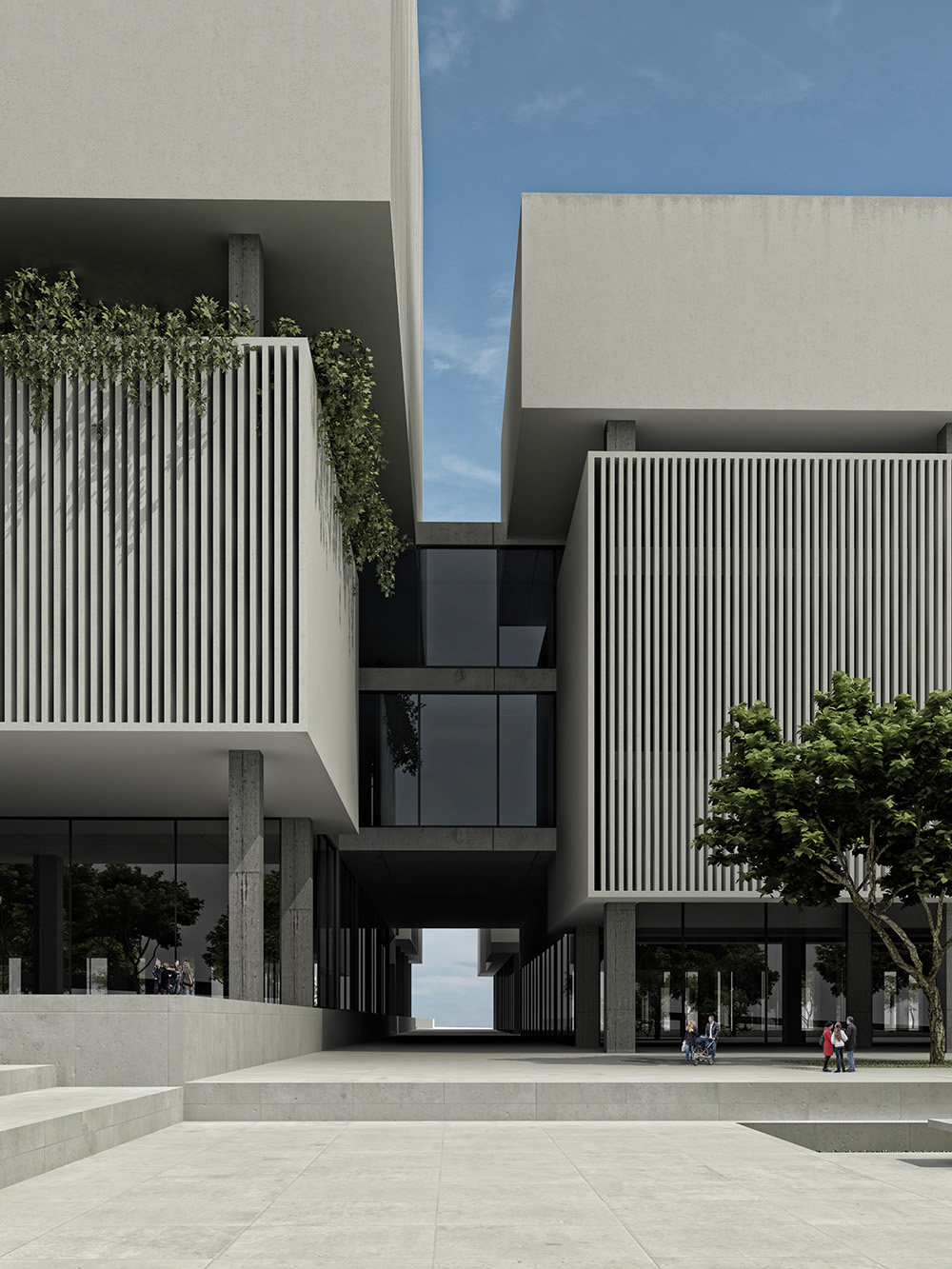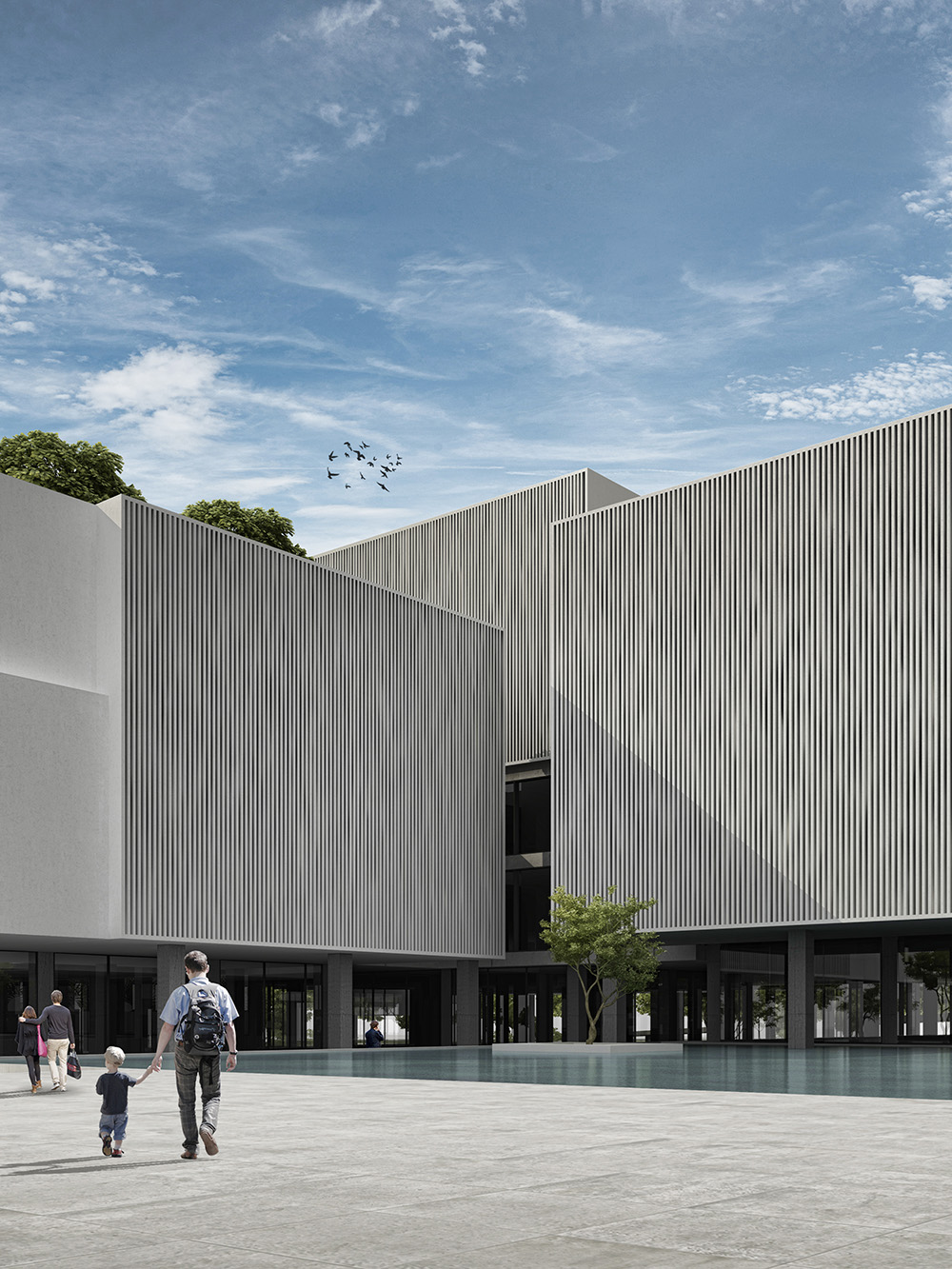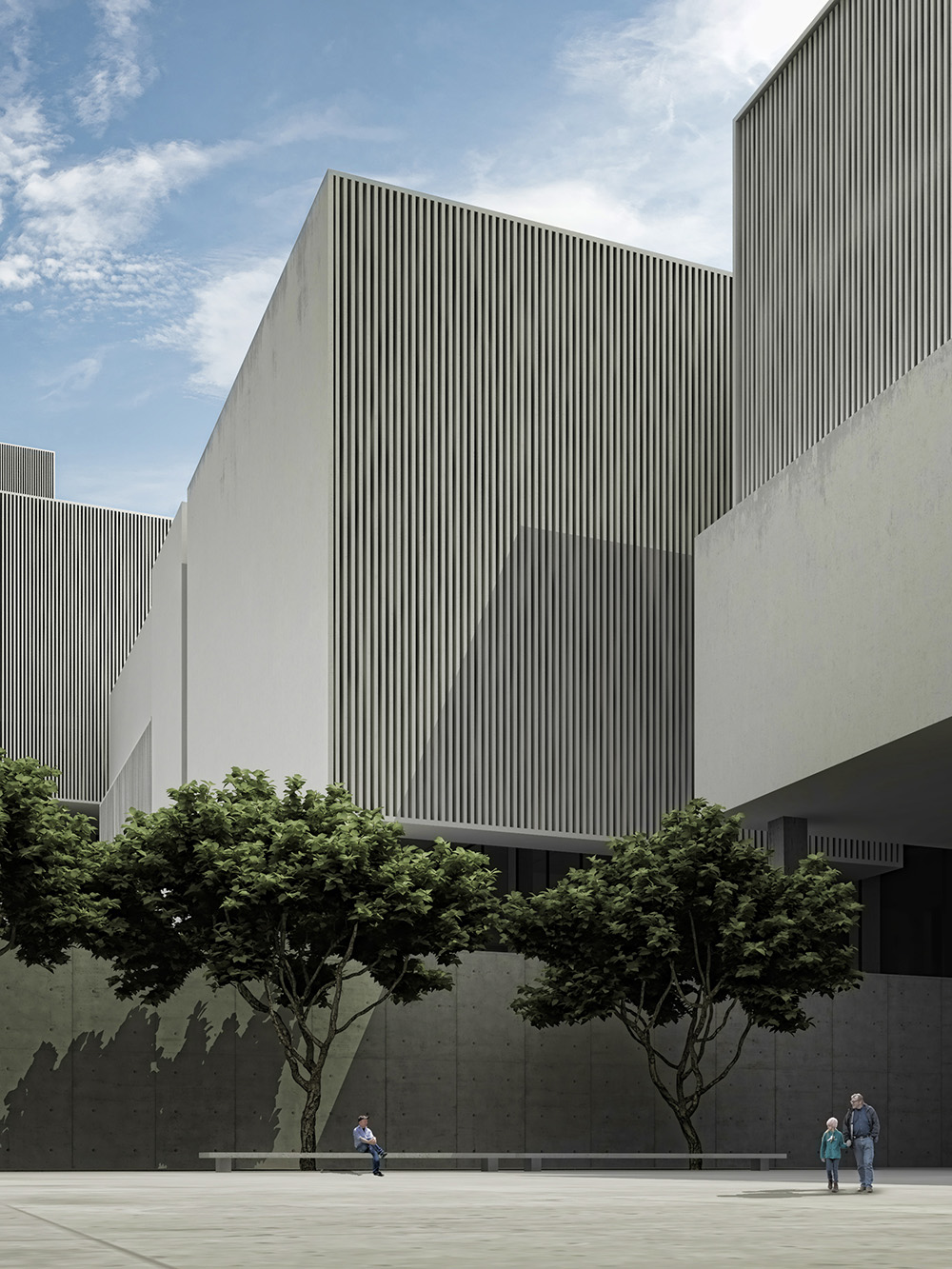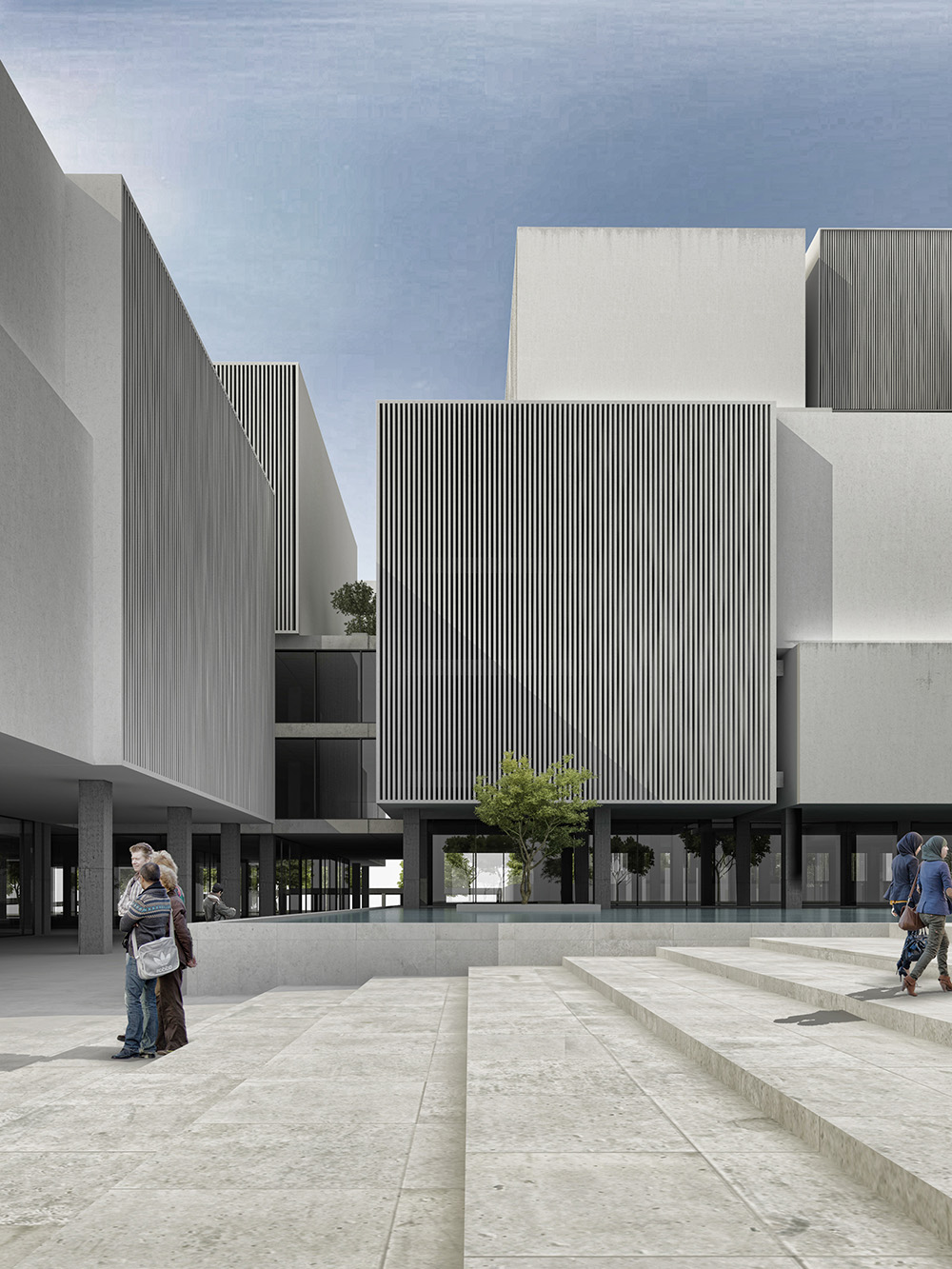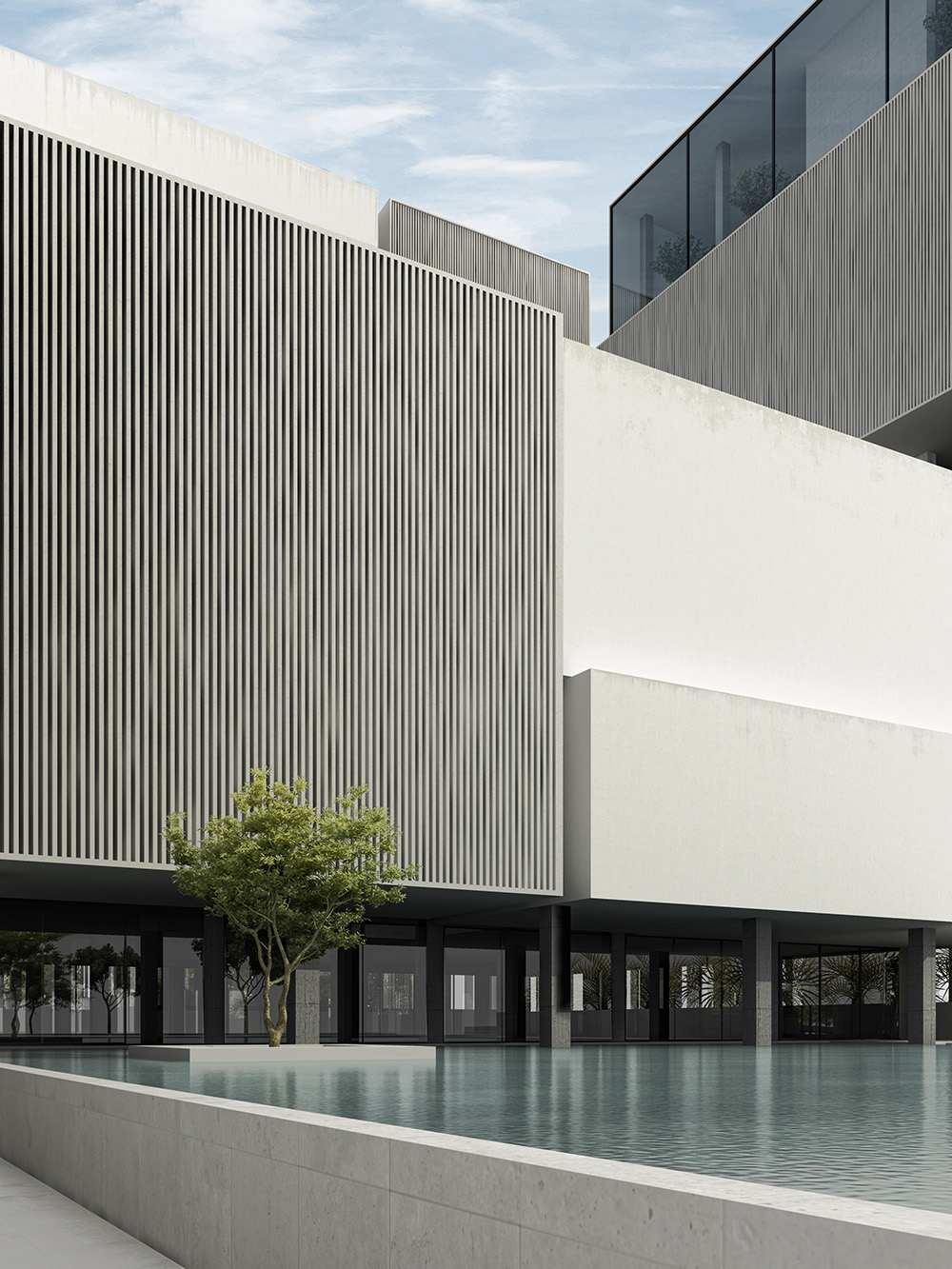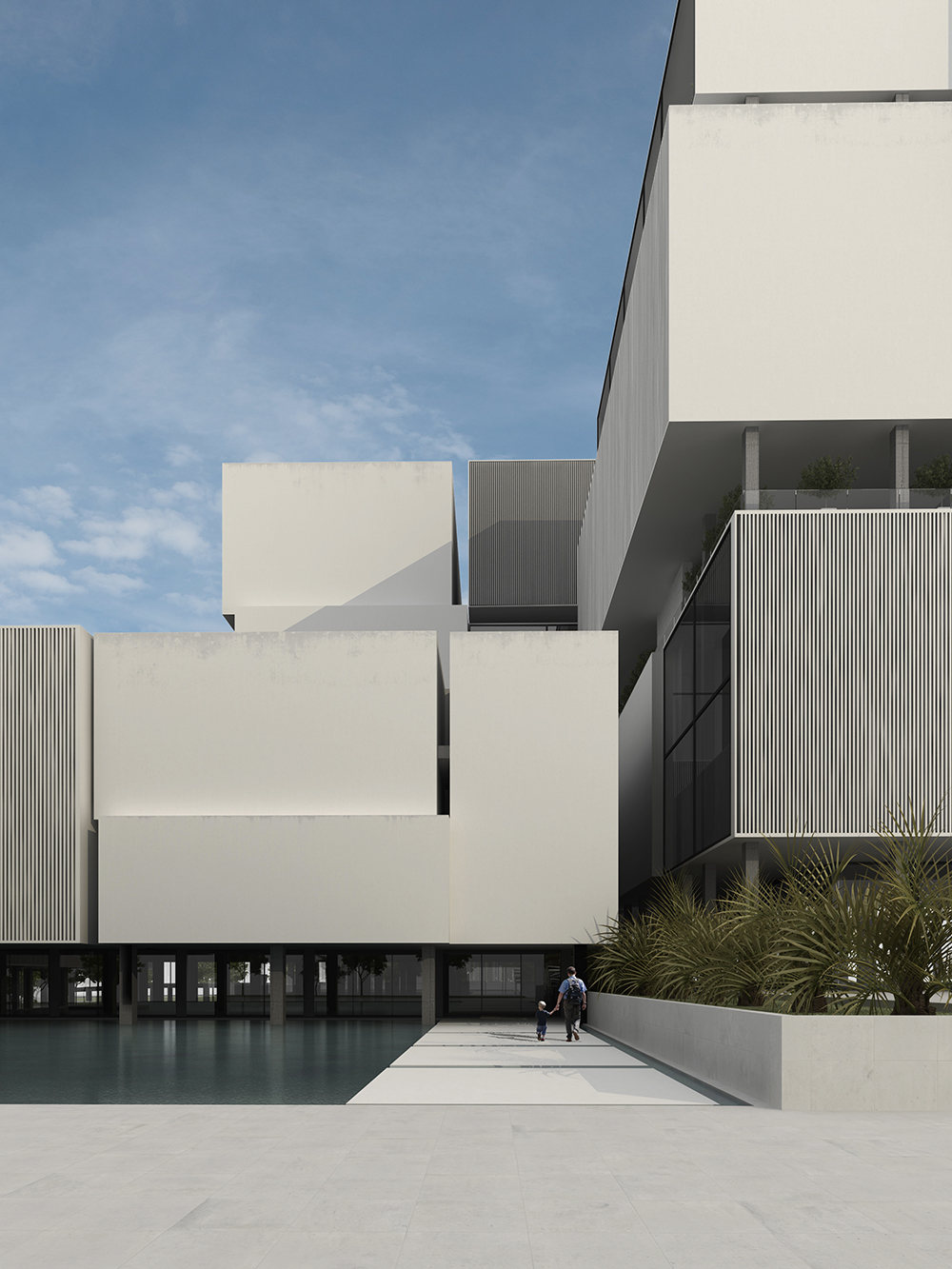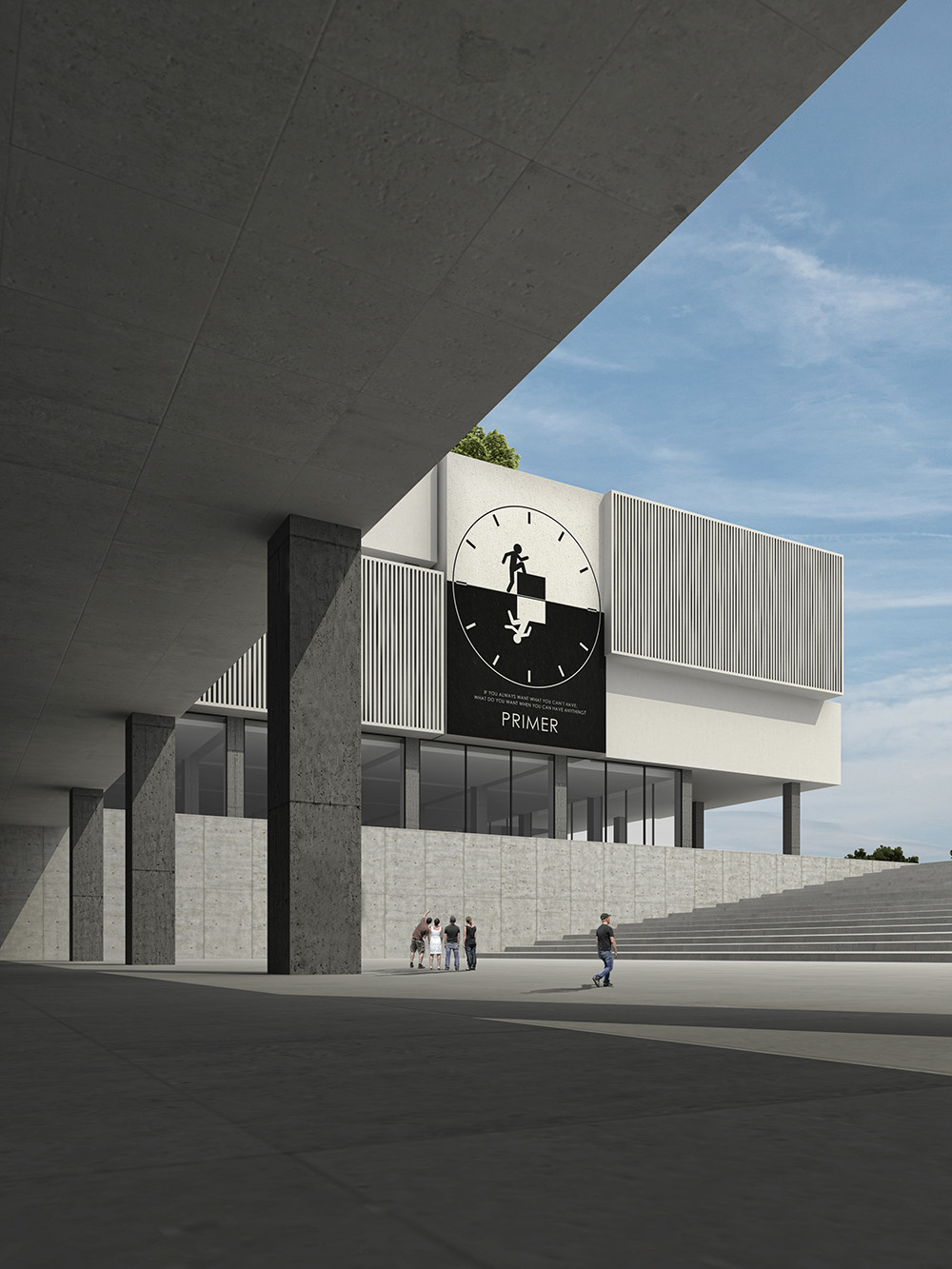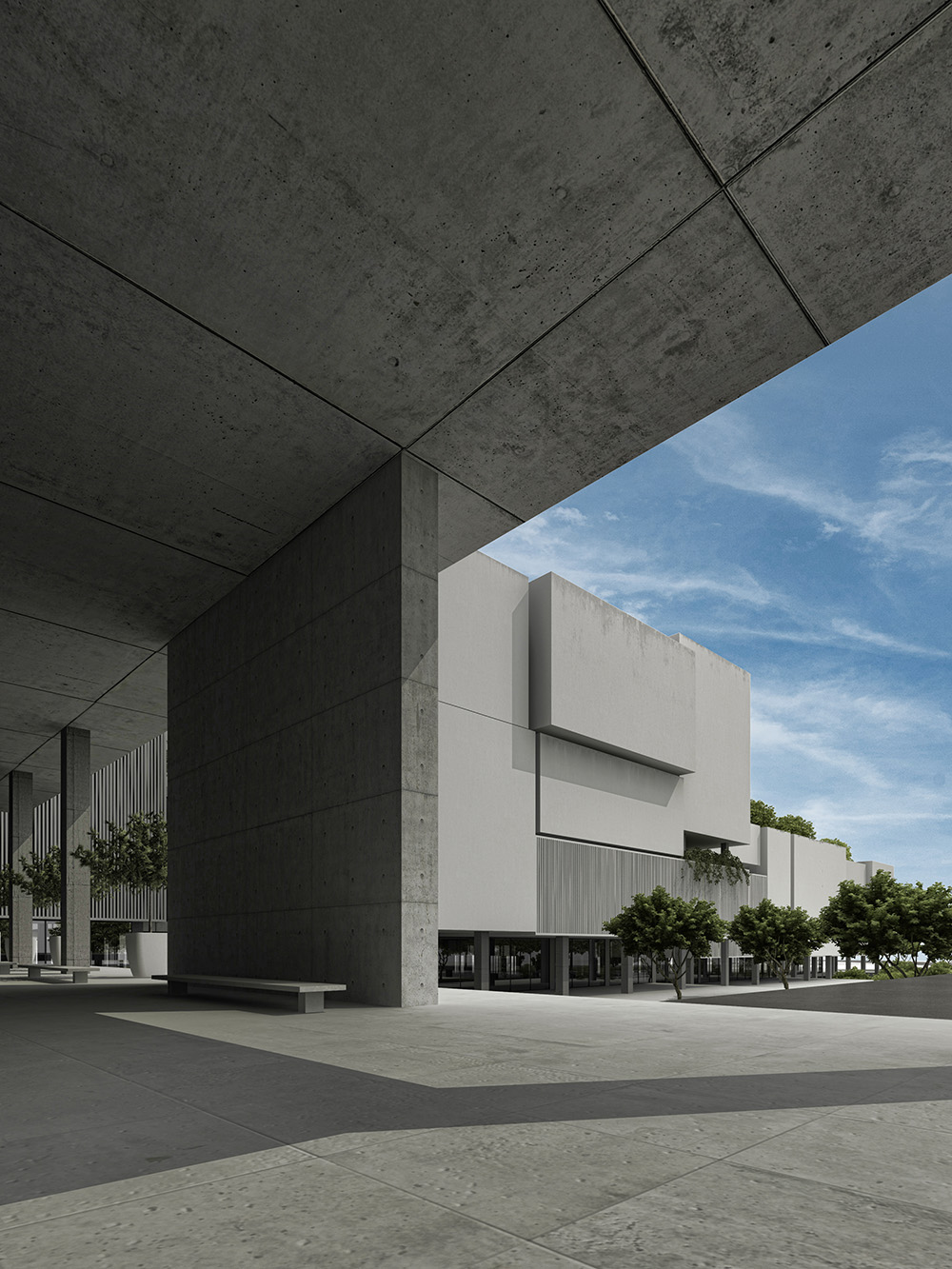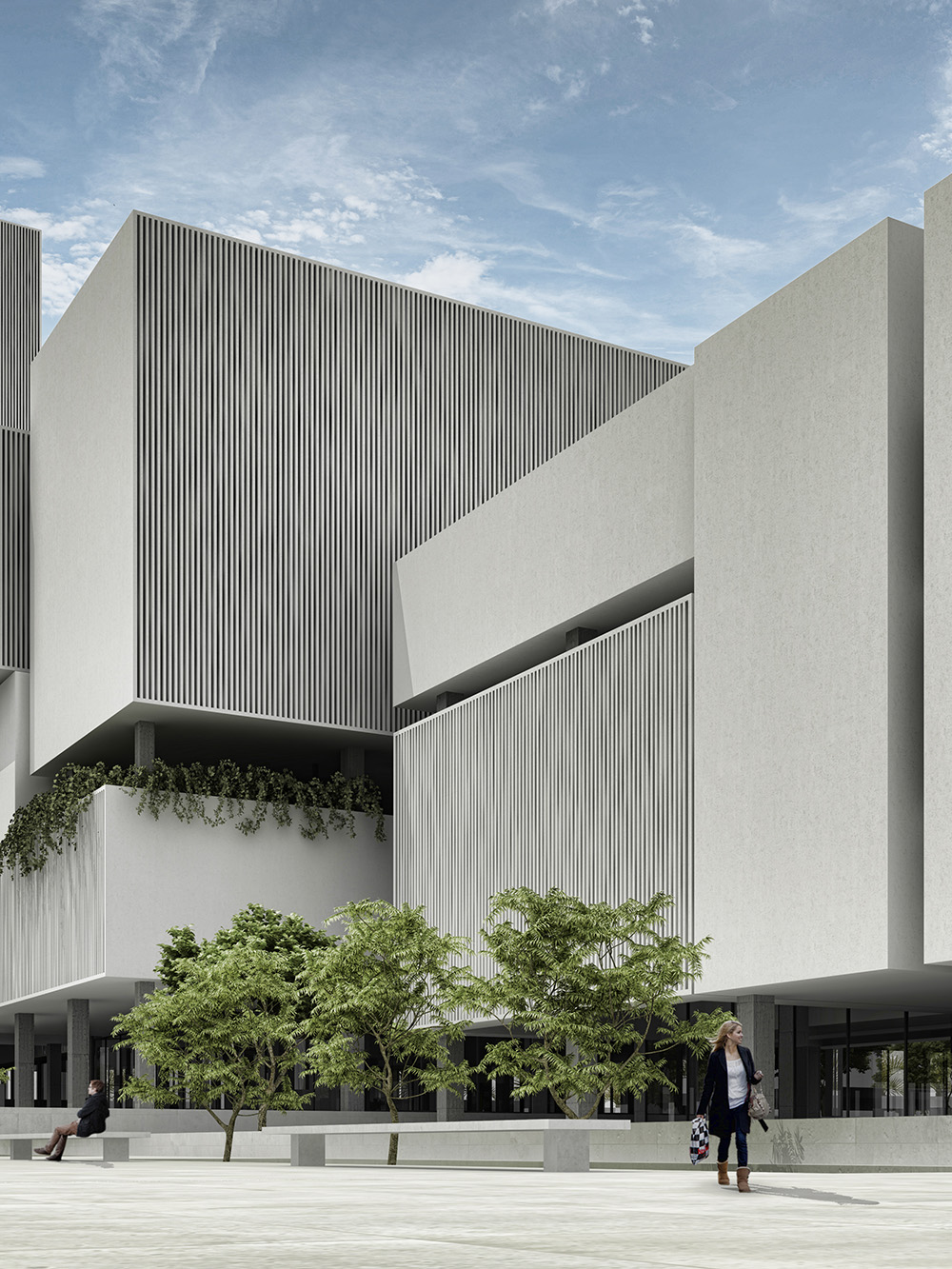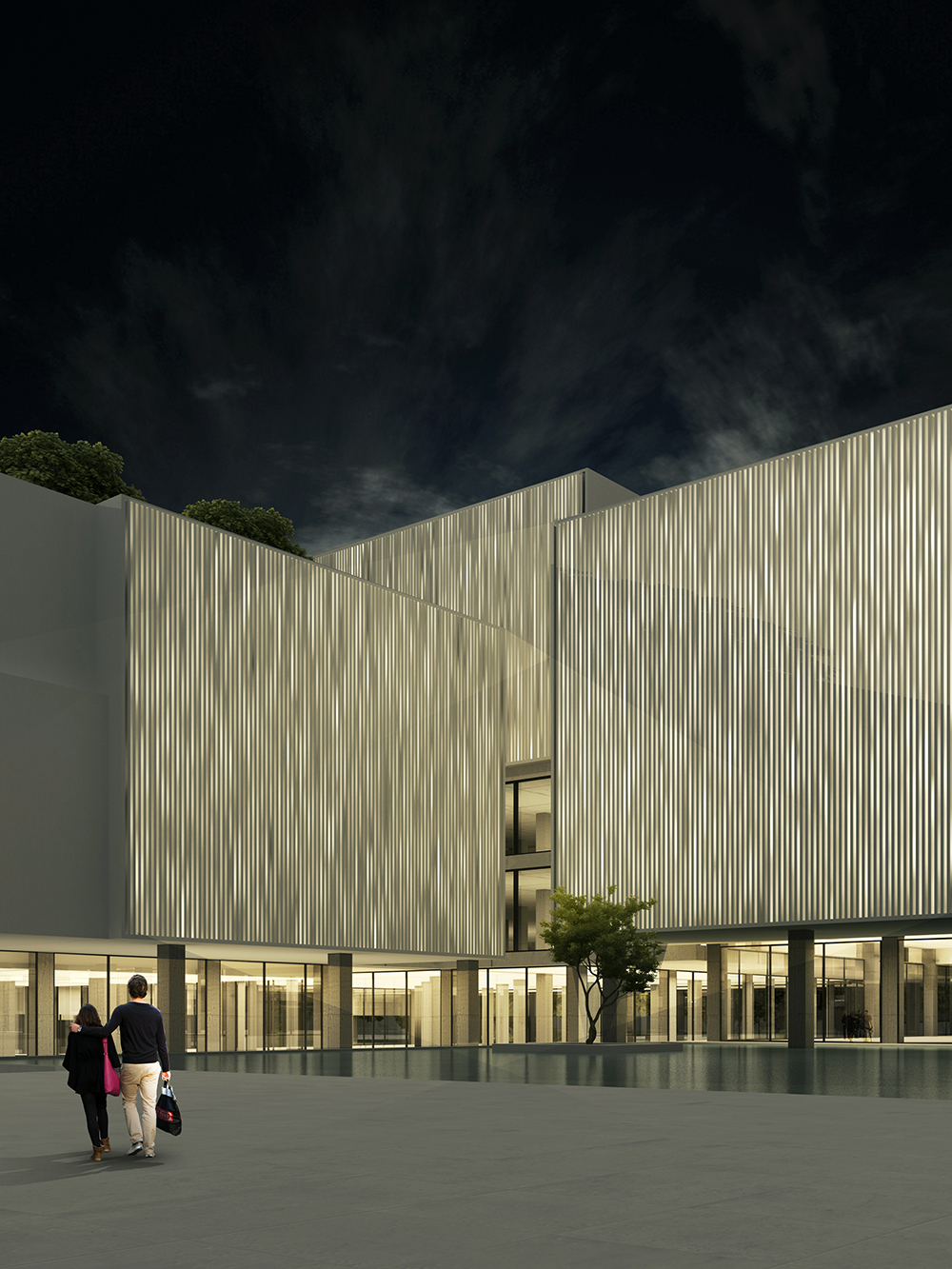Dream land, the biggest and the most equipped amusement park in the country and even in the Middle East. However, these high commotion words can be heard about the project, in dealing with the design and what has been done since now, not those magnificent description nor the idea of dreams’ embodiment can be imagined.
Mostly it is a chaos of colours, materials, styles and cliché excitement, which has formed a “city” not for “dreams”. Needless to say; there are elements like bottom-up house and pre-historic creatures in suburbs of historical city of Isfahan. The presence of these creatures and the matter of how they can bring excitement is another subject.
Now a serious question arises: should this complex respond ONLY to kids’ needs and excitement? First challenge was how to communicate with this complex. How should we deal with this field in order to not adding more factors, because any new voice can lead this to a more chaotic path.
“Movement” is the key character but it seems the project is not going to be affected from or effect on this matter. And the only share that it can gain from its FUNCTION is in the “NAME! the problematic factors has led the design to not having an identity and function comparing to adjacent elements of site. In addition it is completely ignoring the views and surrounding.
“Movement” is a main activity in commercial projects, now adjacency with a complex (amusement park) where people are moving all the time, highlights this characteristic even more.
The approach was double sided: the relation between the commercial complex and amusement park and the inner relations of the complex itself.
For a better continuity between interior and exterior lifting the building above the ground and creating a transparent space in the same level formed the primitive steps. Also with respect to the land’s potential and building’s depression, movement will become more dynamic.
The circulations in the levels are created from the relation of voids and vertical accesses, which will cause a more diverse space and an easier connection amongst the volumes.
Esfahan historical bazaar is a good example of a multi-functional complex which owns a wide spectrum of relations and functions. The organization of main corridors and surrounding spaces (saraa, mosque, school,…) is in a way which however they have their own specific personality, in a composition they form a versatile context.
The order of function is in a way that in every section a specific activity happens and though a competitive theme has formed, the user has the freedom of choice.

